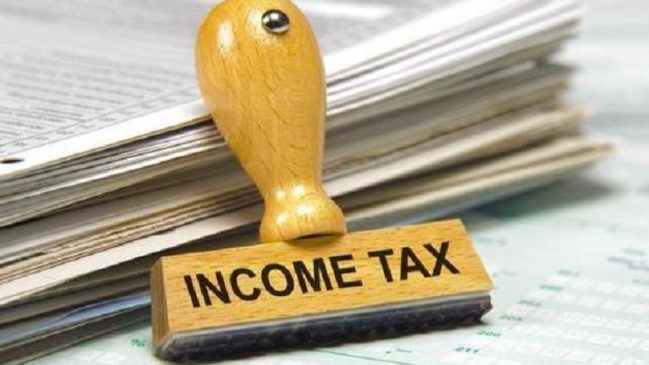Income Tax Act provides certain avenues to save tax by investing funds in specified securities like PPF, LIC premiums, fixed deposits, ELSS , ULIP, NSC, etc
The financial year 2023-24 is coming to an end on March 31. Taxpayers have the last opportunity to save their taxes for the fiscal. In a last-minute rush, taxpayers make mistakes in panic. A senior income tax expert suggests key things to consider as the March 31 deadline is just around the corner.
Read More: Income Tax: Donating money? Here’s how much tax you can save under these sections
Aarti Raote, partner at Deloitte India, said, “This is a busy time for investment advisors, tax consultants and taxpayers in India as we are only a couple of days away from March 31. This frenzy is to invest funds in some tax saving investments to enjoy tax deductions which will result in some tax savings.”
Raote said the Income Tax Act, 1961, provides certain avenues to save tax by investing funds in specified securities like PPF, LIC premiums, fixed deposits, ELSS , ULIP, NSC, etc.
“However, when investing, one must adopt a holistic and long-term approach and determine the best investment on the criteria of return on investment, lock-in period, reciprocity of payments for future years, minimum investment required, tax impact on maturity and the plans that the taxpayer has in mind for the future. For eg. One must understand that PPF provides good returns that are tax-free as well but require the taxpayer to contribute Rs 500 annually and there is a lock-in of 15 years,” she said.
Similarly, tax-saving fixed deposits offer a lower rate of interest and have a lock-in for about 5 years. Thus, one must consider all aspects of a particular investment to make the right choice and optimise your benefits, Raote added.
Experts also suggest taxpayers to avoid common mistakes to maximise tax savings.
Few Common Mistakes
Ignoring Section 80C: Section 80C of the Income Tax Act provides various avenues for tax-saving investments such as ELSS (Equity Linked Savings Scheme), PPF (Public Provident Fund), NSC (National Savings Certificate), etc. Many taxpayers fail to utilise the entire limit of Rs 1.5 lakh available under Section 80C. Evaluate all options and invest wisely to maximise tax savings under this section.
Read More: How To File ITR For AY 2024-25: Step By Step Guide For Income Tax Return
Incomplete Documentation: Ensure all necessary documentation is in place for tax-saving investments. This includes investment receipts, premium payment certificates, loan certificates, etc. Incomplete documentation may lead to disqualification of tax deductions. Keep good records of your investments and deductions. The IT department may ask for documentation to verify your tax filings.
Ignoring Tax Planning Instruments: Apart from Section 80C, there are other sections such as 80D (for health insurance premiums), 80E (for education loan interest), and 80G (for donations to specified funds) that offer tax benefits. Ignoring these avenues can result in missed opportunities to save tax.
Not Considering Long-term Goals: Tax-saving investments should align with your long-term financial goals. Avoid making investments solely for tax-saving purposes without considering their suitability and alignment with your financial objectives.





































